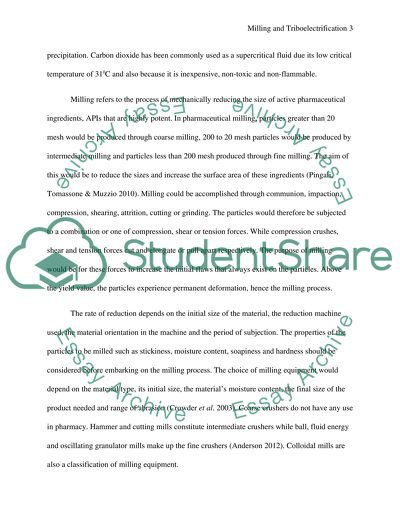Cite this document
(“The Effect of Milling on the Triboelectrification of Pharmaceutical Essay”, n.d.)
The Effect of Milling on the Triboelectrification of Pharmaceutical Essay. Retrieved from https://studentshare.org/health-sciences-medicine/1457918-my-project
The Effect of Milling on the Triboelectrification of Pharmaceutical Essay. Retrieved from https://studentshare.org/health-sciences-medicine/1457918-my-project
(The Effect of Milling on the Triboelectrification of Pharmaceutical Essay)
The Effect of Milling on the Triboelectrification of Pharmaceutical Essay. https://studentshare.org/health-sciences-medicine/1457918-my-project.
The Effect of Milling on the Triboelectrification of Pharmaceutical Essay. https://studentshare.org/health-sciences-medicine/1457918-my-project.
“The Effect of Milling on the Triboelectrification of Pharmaceutical Essay”, n.d. https://studentshare.org/health-sciences-medicine/1457918-my-project.


